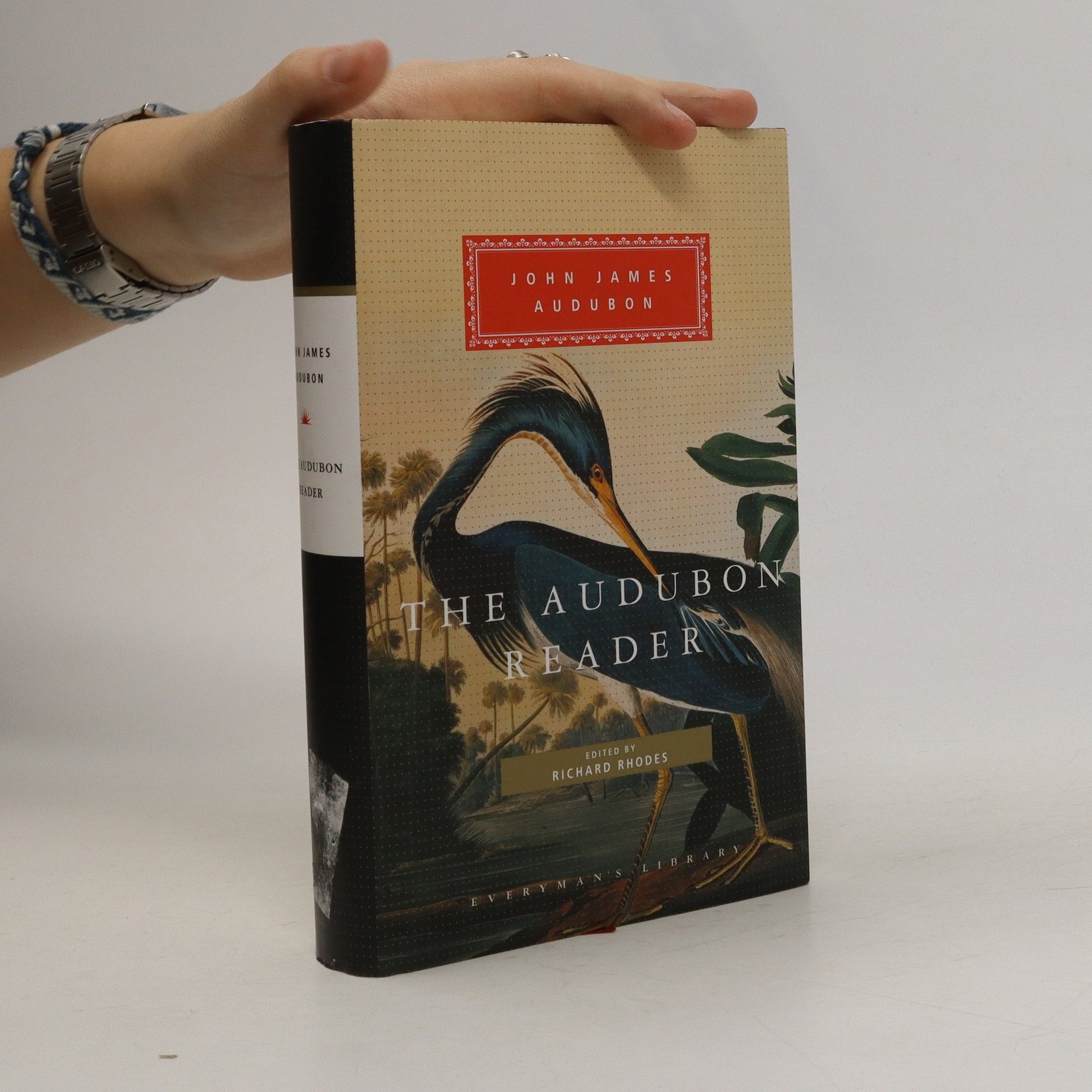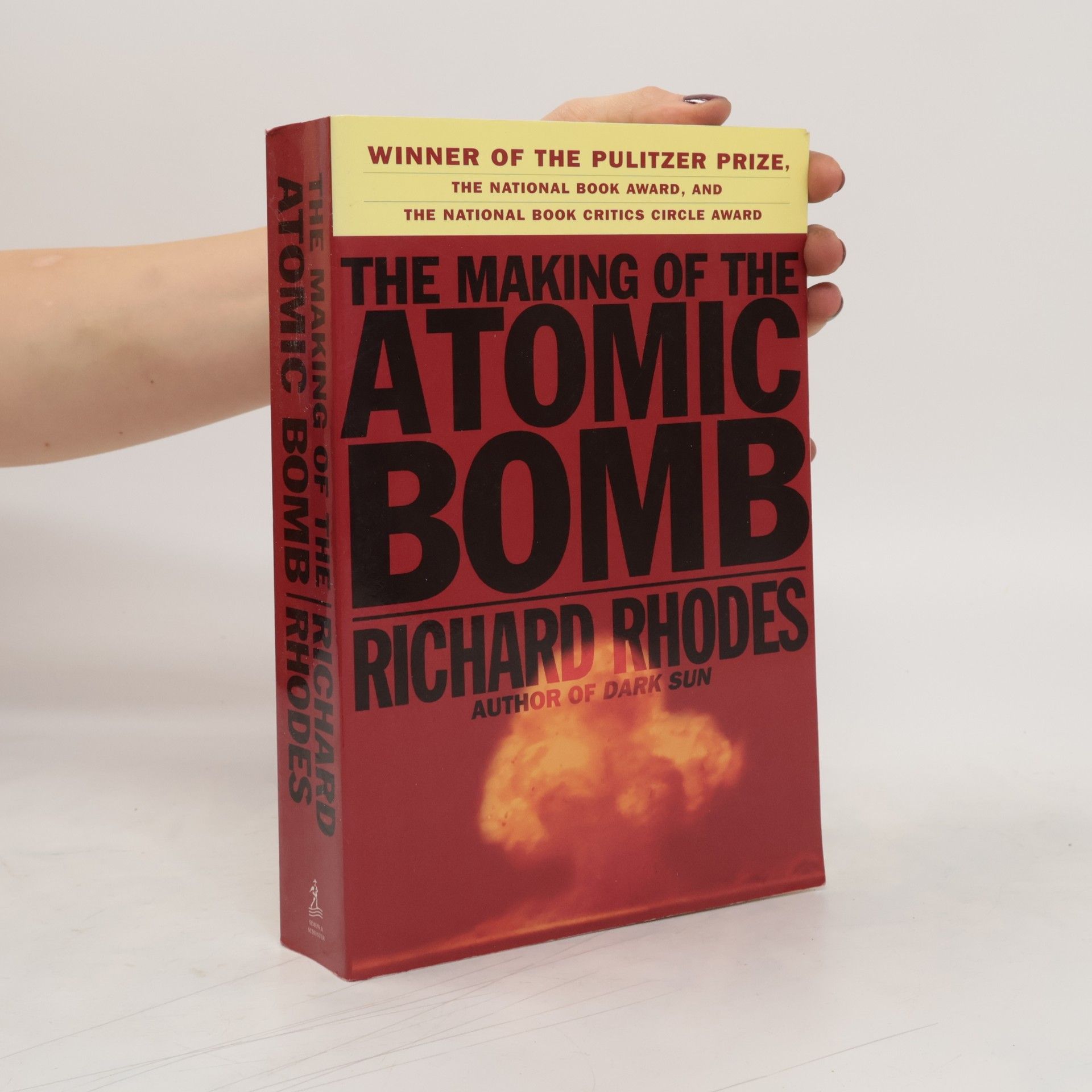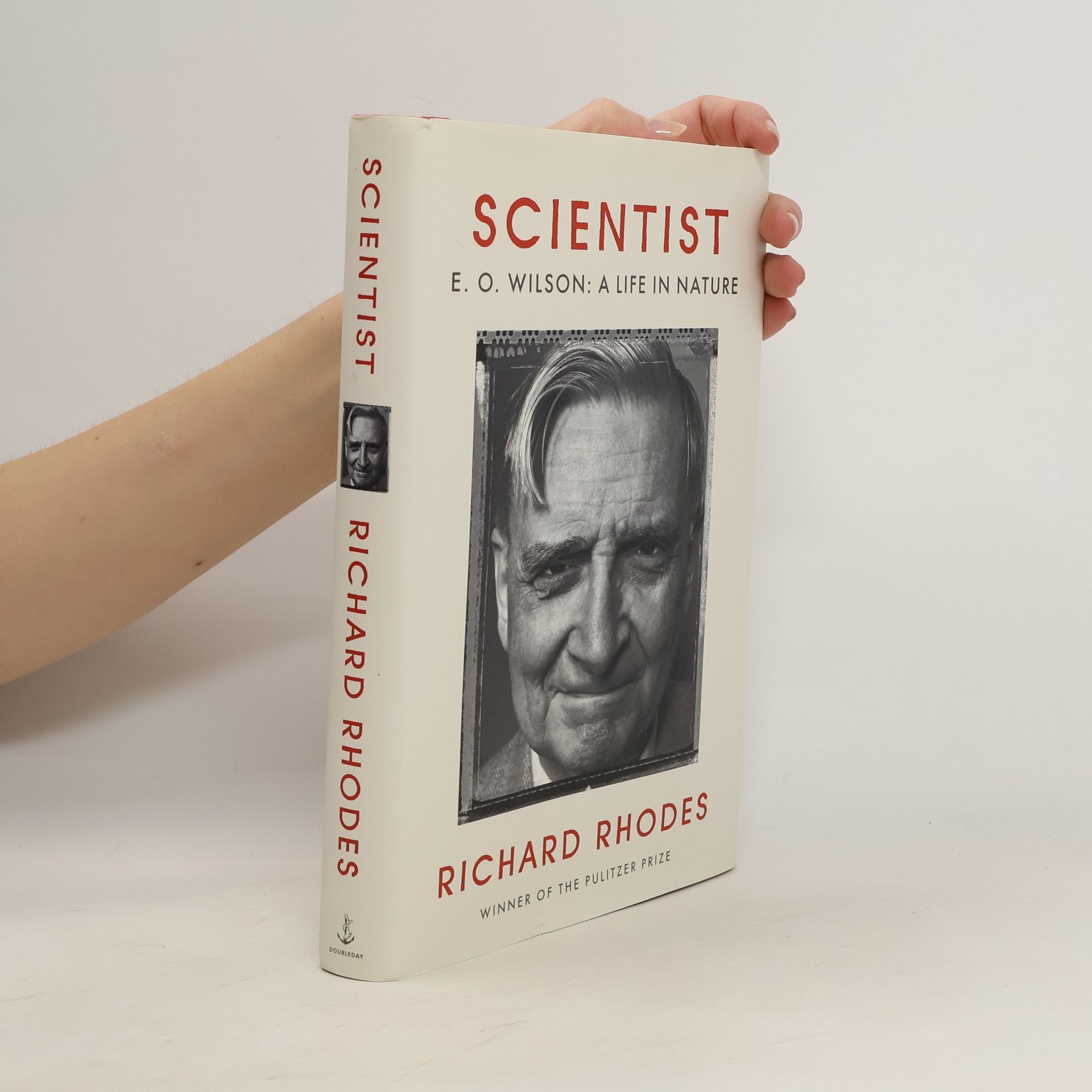Entre 1941 et 1943, un million et demi d'hommes, de femmes et d'enfants furent exécutés par les Einsatzgruppen. Ces groupes d'intervention mobile, constitués de SS et de policiers, ont été les maîtres d'œuvre de l'Holocauste. La première étape, dans le cadre du plan Barbarossa, visait l'extermination des populations juives, mais aussi slaves, sur le front russe, en Pologne, en Ukraine et en Lituanie. C'est ainsi que, dans les ravins de Babi Yar, en Ukraine, plus de 33 000 personnes furent massacrées en deux jours. "À la main", une par une. La mission des Einsatzgruppen était celle de tueurs professionnels. L'auteur s'intéresse à la nature de cette brutalité froide et calculée, il s'interroge et enquête sur les conditions dans lesquelles des citoyens ordinaires deviennent des meurtriers de masse. Himmler alla jusqu'à créer des institutions spécialisées pour accueillir les tueurs traumatisés. Déséquilibrés mentaux, convaincus de l'idéologie nazie, assassins de bureau comme Eichmann, mais aussi contemporains d'un monde dans lequel les grandes nations annexaient, colonisaient, déplaçaient et exterminaient les populations civiles "inférieures". L'horreur résiste aux analyses. On sait aussi que le mal absolu à l'œuvre dans ces tueries a encore cours.
Richard Rhodes Livres
Richard Rhodes est un journaliste et historien américain dont l'œuvre explore les intersections profondes entre la science, la guerre et l'histoire humaine. Il qualifie ses écrits de non-fiction de "verity" (véracité), les distinguant par une recherche méticuleuse et une volonté de comprendre les dynamiques complexes du progrès technologique et ses conséquences. Son approche se caractérise par un engagement profond envers la précision historique et un style narratif captivant qui éclaire des moments cruciaux. À travers ses écrits, Rhodes cherche à dévoiler les histoires complexes derrière les entreprises scientifiques et militaires les plus significatives de l'humanité.







The Making of the Atomic Bomb
- 886pages
- 32 heures de lecture
Here for the first time, in rich, human, political, and scientific detail, is the complete story of how the bomb was developed, from the turn-of-the-century discovery of the vast energy locked inside the atom to the dropping of the first bombs on Japan. Few great discoveries have evolved so swiftly -- or have been so misunderstood. From the theoretical discussions of nuclear energy to the bright glare of Trinity there was a span of hardly more than twenty-five years. What began as merely an interesting speculative problem in physics grew into the Manhattan Project, and then into the Bomb with frightening rapidity, while scientists known only to their peers -- Szilard, Teller, Oppenheimer, Bohr, Meitner, Fermi, Lawrence, and yon Neumann -- stepped from their ivory towers into the limelight. Richard Rhodes takes us on that journey step by step, minute by minute, and gives us the definitive story of man's most awesome discovery and invention.
The riveting secret history of the nuclear arms race and the end of the Cold War, by the Pulitzer-winning author of The Making of the Atomic Bomb.
The Audubon Reader
- 680pages
- 24 heures de lecture
John James Audubon was America's dominant wildlife artist. His name remains synonymous with birds and bird conservation the world over. This book presents 'bird biographies', journal accounts of his river journeys and hunting trips with the Osage Indians, and a sampling of brief stories that have long been out of print.
Dark Sun
- 736pages
- 26 heures de lecture
Here, for the first time, in a brilliant, panoramic portrait by the Pulitzer Prize-winning author of The Making of the Atomic Bomb, is the definitive, often shocking story of the politics and the science behind the development of the hydrogen bomb and the birth of the Cold War.Based on secret files in the United States and the former Soviet Union, this monumental work of history discloses how and why the United States decided to create the bomb that would dominate world politics for more than forty years.
Hell and Good Company
- 302pages
- 11 heures de lecture
Celebrated historian Richard Rhodes explores the Spanish Civil War through the stories of the reporters, writers, artists and doctorswho witnessed it
The Twilight of the Bombs. Recent Challenges, New Dangers, and the Prospects for a World Without Nuclear Weapons
- 480pages
- 17 heures de lecture
The final volume in Richard Rhodes's prizewinning history of nuclear weapons offers the first comprehensive narrative of the challenges faced in the post-Cold War age. The past twenty years have transformed our relationship with nuclear weapons drastically. With extraordinary depth of knowledge and understanding, Richard Rhodes makes clear how the five original nuclear powers--Russia, Great Britain, France, China, and especially the United States--have struggled with new realities. He reveals the real reasons George W. Bush chose to fight a second war in Iraq, assesses the emerging threat of nuclear terrorism, and offers advice on how our complicated relationships with North Korea and South Asia should evolve. Finally, he imagines what a post-nuclear world might look like, as only he can.
John James Audubon
- 528pages
- 19 heures de lecture
John James Audubon came to America as a dapper eighteen-year-old eager to make his fortune. He had a talent for drawing and an interest in birds, and he would spend the next thirty-five years traveling to the remotest regions of his new country–often alone and on foot–to render his avian subjects on paper. The works of art he created gave the world its idea of America. They gave America its idea of itself. Here Richard Rhodes vividly depicts Audubon’s life and career: his epic wanderings; his quest to portray birds in a lifelike way; his long, anguished separations from his adored wife; his ambivalent witness to the vanishing of the wilderness. John James Audubon: The Making of an American is a magnificent achievement.
The Manhattan Project (Revised)
- 400pages
- 14 heures de lecture
This updated edition of this essential collection of historic writings by the pre-eminent scientists and historians who bore witness to the birth of the modern nuclear age, now includes President Barack Obama's 2016 statement at Hiroshima, all-new writings from Japanese survivors of the atomic bomb, and a new foreword by Cynthia C. Kelly.
Scientist
- 288pages
- 11 heures de lecture
A Pulitzer Prize-winning author presents this fully authorized--and timely-biography of the Harvard biologist and naturalist who has become a leading voice on the crucial importance to all life of biodiversity and has worked tirelessly to synthesize the fields of science and the humanities in a fruitful way
